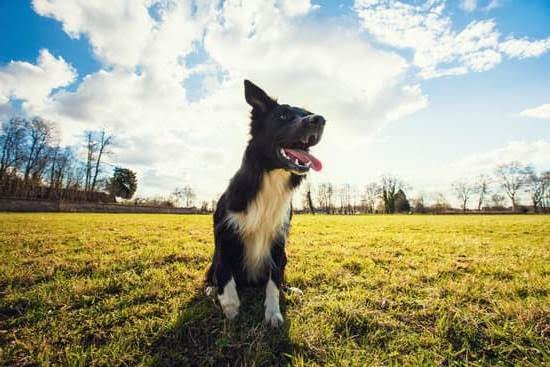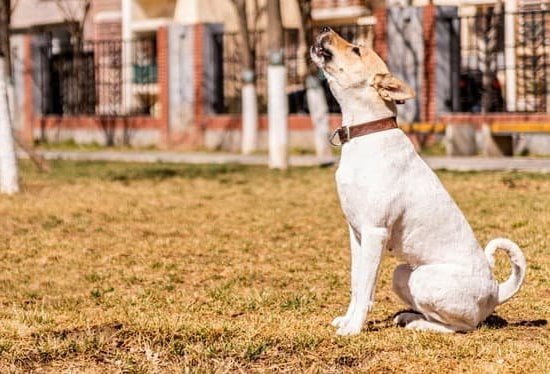Anxiety attacks can be incredibly frightening and debilitating, but with the help of a trained dog, they don’t have to be. Dogs can be incredibly effective in helping people to manage their anxiety attacks, and with a little bit of training, your dog can be one of them!
The first step in training your dog to help with anxiety attacks is to make sure that they are comfortable and confident in basic obedience commands. Once your dog knows how to sit, stay, come, and heel, you can begin to train them specifically for anxiety attack management.
The first step is to condition your dog to respond to the cue “anxiety attack.” When your dog is calm and relaxed, say the cue and give them a treat. Once your dog is responding consistently, you can begin to use the cue in situations where you know you might have an anxiety attack. If you feel an attack coming on, say the cue and let your dog help you to calm down.
It’s also important to train your dog to perform specific tasks during an anxiety attack. Some dogs might be trained to provide pressure by leaning against the person having the attack, while others might be trained to provide a comforting hug. Other dogs might be trained to provide a distraction by performing tricks or playing fetch.
The most important thing to remember when training your dog to help with anxiety attacks is to be patient and consistent. Dogs learn best through positive reinforcement, so be sure to rewards your dog with treats and praise when they perform well. With a little bit of training, your dog can be a valuable ally in managing your anxiety attacks.
Training Dog Separation Anxiety
Separation anxiety is a common problem in dogs, and can be very frustrating for both dog and owner. Dogs with separation anxiety typically experience extreme anxiety when they are left alone, and may exhibit a range of behaviors such as barking, whining, chewing, scratching, and even urinating or defecating in inappropriate places.
There are a number of things that can contribute to separation anxiety in dogs, including prior neglect or abandonment, lack of socialization, and fear of being alone. However, in most cases the root cause of the problem is unknown.
There are a number of things that can be done to help dogs with separation anxiety, including behavioral modification therapy, training, and medication. However, the most important thing is to be patient and consistent, and to make sure to reward your dog for good behavior.
If you think your dog may have separation anxiety, it is important to consult with a veterinarian or behaviorist to help you determine the best course of treatment.
Glendale Arizona Dog Anxiety Trainer
There are many reasons why your dog may be experiencing anxiety. Some common causes of anxiety in dogs include changes in routine, being left alone, loud noises, and being in new environments. If your dog is experiencing anxiety, there are a few things you can do to help him or her feel better.
One of the best things you can do is to provide your dog with plenty of exercise. A tired dog is a relaxed dog. You can also provide your dog with a safe place to retreat to when he or she is feeling anxious. This could be a kennel or a designated spot in your home where your dog feels comfortable. You can also try to desensitize your dog to the things that cause him or her anxiety. If your dog is afraid of loud noises, for example, start by playing a recording of loud noises at a low volume and gradually increase the volume over time.
If your dog is experiencing anxiety, it is important to get help from a professional. A dog anxiety trainer can help you identify the cause of your dog’s anxiety and provide you with tips and tricks to help your dog feel better.
How To Train A Dog Separation Anxiety
Separation anxiety can be a frustrating problem for both dog and owner. Fortunately, there are ways to help your dog overcome this issue. The key is to start with basic obedience training and then gradually add in exercises that help your dog cope when left alone.
The first step is to make sure your dog is obedience trained. This means he knows basic commands such as sit, stay, come, and down. Once your dog has mastered these commands, you can start working on exercises to help him cope when left alone.
One such exercise is called “The Place.” With this exercise, you will teach your dog to go to a specific spot and stay there until you release him. Start by placing your dog in a sit or down position and telling him to stay. Then, walk a short distance away and call him. If he comes to you, praise him and give him a treat. If he stays put, praise him and give him a treat when you return. Repeat this exercise until your dog reliably stays in place when you leave him.
Once your dog has mastered “The Place,” you can start working on the “Leave It” command. This command tells your dog to ignore any distractions and not to touch anything he is not supposed to. Start by teaching your dog to “Leave It” when you have a treat in your hand. Hold a treat in your hand and tell your dog to “Leave It.” If he resists, say “No” and put the treat away. Once your dog understands the command, you can start using it when he is in other situations, such as when he is barking at another dog or when he is trying to chew on a shoe.
It may take some time and patience, but with consistent training, you can help your dog overcome separation anxiety.
Dog Trainer Near Me Separation Anxiety
in Dogs
Separation anxiety is a common problem in dogs. Signs of separation anxiety may include barking, whining, chewing, scratching, urinating or defecating in the house, and other destructive behavior. Dogs who experience separation anxiety may be anxious or frantic when their guardians prepare to leave them alone, and may continue to act out even after their guardians have returned.
There are many things that can contribute to separation anxiety in dogs, including genetics, early socialization, and exposure to traumatic events. Dogs who are left alone for long periods of time or who are isolated from their guardians are most at risk for developing separation anxiety.
There are a number of things that guardians can do to help their dogs overcome separation anxiety. The most important thing is to be consistent in providing rules and structure for the dog, and to avoid rewarding the dog for exhibiting signs of separation anxiety. If the dog is anxious when the guardian leaves, the guardian should ignore the dog until it calms down. Leaving the radio or television on can help to provide some stimulation and noise for the dog.
There are a number of prescription and over-the-counter medications that can help to treat separation anxiety in dogs. Some of these medications work by increasing the levels of serotonin in the brain, while others work by decreasing the levels of anxiety. There are also a number of behavior modification techniques that can be used to help dogs overcome separation anxiety.
If you think that your dog may be experiencing separation anxiety, it is important to consult with a veterinarian or a qualified dog trainer.

Welcome to the blog! I am a professional dog trainer and have been working with dogs for many years. In this blog, I will be discussing various topics related to dog training, including tips, tricks, and advice. I hope you find this information helpful and informative. Thanks for reading!





